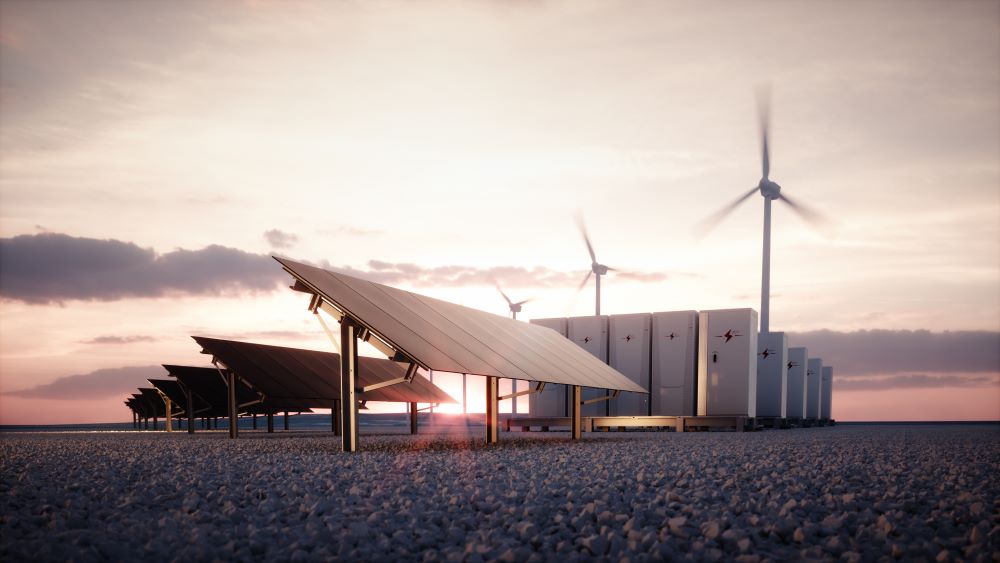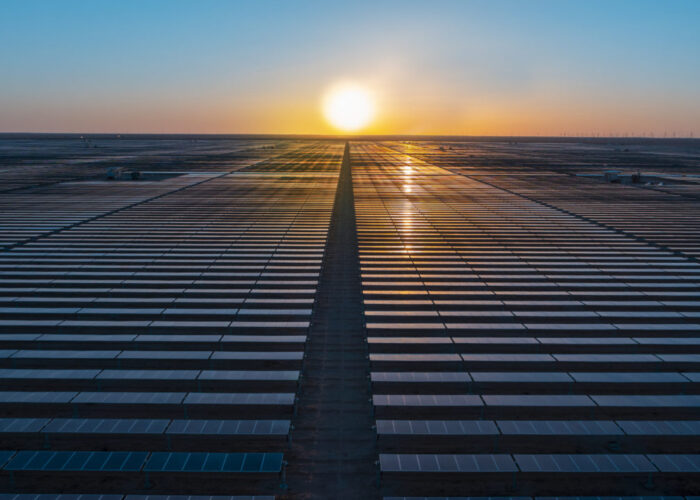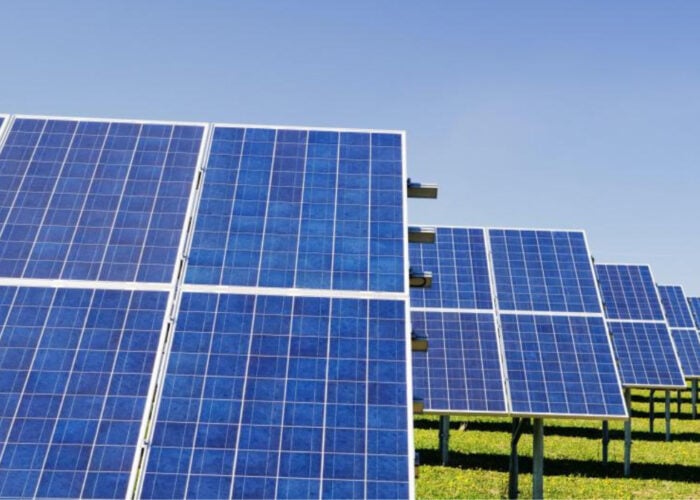
In the dynamic energy landscape of Southeastern Europe (SEE), solar PV is emerging as a beacon of progress. With its widespread deployment across Europe, solar PV stands as a testament to the region’s commitment to sustainable energy.
SEE may be at the dawn of its solar evolution, but the path forward is clear: the development of solar assets is not just likely; it’s inevitable. The competitive generation costs of solar PV make it an attractive alternative to traditional energy sources.
Unlock unlimited access for 12 whole months of distinctive global analysis
Photovoltaics International is now included.
- Regular insight and analysis of the industry’s biggest developments
- In-depth interviews with the industry’s leading figures
- Unlimited digital access to the PV Tech Power journal catalogue
- Unlimited digital access to the Photovoltaics International journal catalogue
- Access to more than 1,000 technical papers
- Discounts on Solar Media’s portfolio of events, in-person and virtual
As the region gears up for a significant increase in solar power capacity, it’s anticipated that this will lead to a reduction in wholesale prices. However, this solar surge also presents a complex puzzle: how to integrate these systems seamlessly into the power grid and manage their inherent variability.
The paradox of plenty
The rapid growth of renewables has led to an ironic twist: cannibalisation. Solar plants, synchronised by the sun’s schedule, generate power simultaneously, flooding the market and driving down prices during peak hours. This phenomenon, where solar PV, with its negligible marginal costs, displaces costlier power plants, leads to a collapse in the very prices where solar plants seek their revenue.
Grids at a crossroad
Beyond pricing, the swift deployment of solar PV strains the existing grid infrastructure, which struggles to keep pace with renewable energy’s growth. A robust and expansive grid is essential to harness the full potential of solar power and avoid curtailment. In SEE, the grids yearn for deep reinforcement to accommodate the burgeoning solar capacity.
The emergence of storage and flexibility
In the face of slow grid development, energy storage and flexible demand are stepping up as crucial elements for the integration of more solar PV into the power grids. Flexible demand, which adjusts to price signals, serves as a buffer during periods of low prices, helping stabilise the market. Battery energy storage systems (BESS), on the other hand, offer a more intricate solution, balancing power absorption and injection while maximising revenue across different market segments.
The strategic alliance of co-location
The co-location of solar PV with BESS is proving to be a strategic move for the future of solar energy. This approach involves a shared grid connection point for both solar and storage assets, leading to enhanced project economics and reduced revenue risks. Co-location not only allows for optimal use of precious grid capacity, but also opens up additional revenue streams through system services that would otherwise not be accessible with standalone configurations.
Policy as a guiding light
Policy decisions play a critical role in directing the market’s trajectory. Recent policy moves, such as Bulgaria’s co-location auctions, Hungary’s automatic Frequency Restoration Reserve (aFRR) readiness requirement for new solar assets, and Greece’s power injection limits, signal the growing importance of co-location in the region’s solar strategy.
The combination of economic benefits, grid integration challenges and supportive policies positions co-located solar and battery storage systems as a compelling solution for SEE. As the region advances, it’s becoming increasingly clear that co-located solar PV and battery storage will define the new standard for solar energy projects.
Panos Kefalas is research lead expert of Southeastern Europe at Aurora Energy Research, a power market analytics company based in Oxford, UK.







